Ventilation systems are such an important factor of our homes that more and more of us are becoming aware of. A good ventilation system means cleaner, fresher air which is vital for your health and the look and feel of your home. So what is available? There are lots of options with different prices. A standard heat recovery system with all the necessary work and labour can cost around £1000 or above, but this is for a house that is no more than 150 m2.
What is ventilation and why do we need it?
Ventilation involves the removal of stale air in the interior of a home as well as moist air, and replaces all the air with the replacement of clean, fresh air from the outside, which means that it can provide you with clean air. Adequate ventilation is essential and can assist with:
It prevents the build-up of excess levels of humidity, which helps with any type of respiratory conditions that you may have.
Provides air for fuel-burning appliances, such as woodburners.
Removes bad smells, such as food, smoke and sometimes even allergens.
House ventilation
When we live inside our homes, we are exposed to many types of air that can be difficult. Ventilation refers to the exchange of indoor and outdoor air. Even the most potent toxins in the house, such as carbon monoxide, and moisture can damage a house and good ventilation helps keep a home energy-efficient, safe, and healthy. Here are two types of ventilation systems that you need to look at. Uncontrolled ventilation is one type of system that you will need to look at. This is where you have natural ventilation in your home which you can’t turn on and off. For example air flows around poor-fitting windows, pipes and doors.
However, the best way to tackle this is by looking at controlled ventilation instead and eliminating the issues that come along with uncontrolled ventilation, such as sealing up the holes and cracks around doors and windows. Good design is vital when looking into ventilation systems, as well as looking at maintaining comfortable temperatures which includes your heating systems. If you have a heating system without adequate ventilation, you may end up with a home that’s warm but not as healthy or comfortable to live in as it could be and the air can become dry and even stale.
Controlled ventilation
The most common form however, is known as controlled ventilation. There are many different kinds so let’s run through some to give you a deeper insight into how they all work.
Exhaust ventilation systems
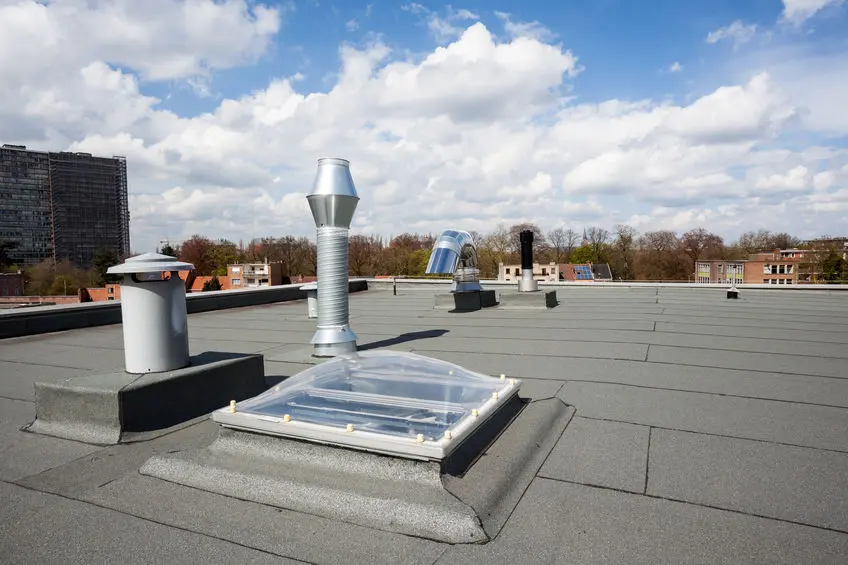
These work by depressurizing your home. The system exhausts air from the house through passive vents and is best for those living in colder climates. In climates with warm humid summers, depressurization can draw moist air back into building wall cavities, where it causes moisture damage, so this is a good system to the northern hemisphere. They are relatively inexpensive and easy to install. Usually, an exhaust ventilation system uses a single fan and it is connected to a centrally located source point in the house. Or, in other designs, the fan is connected to ducts from several rooms, and adjustable, passive vents are installed into all rooms to promote fresh air. Passive vents may need larger pressure differences than those created by the ventilation fan to work to maximum potential.
Supply Ventilation Systems
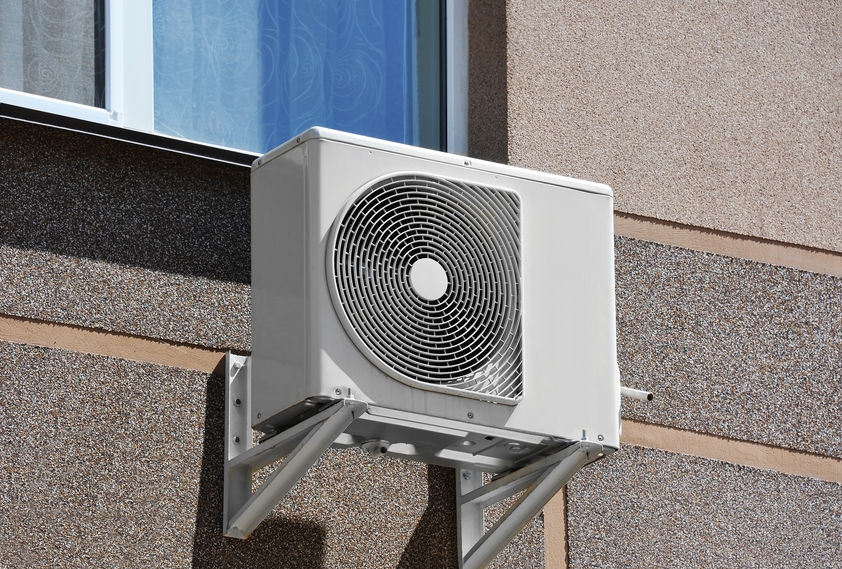
Supply ventilation systems use a fan to pressurize your home. This forces air from outside into the building as air leaks back out through holes in a shell, bath, or fan ducts. Supply ventilation systems allow exceptional control of the air coming in and out of the house. It works to pressurize the house, and the ventilation systems minimize any outdoor pollutants and toxins in the living space. It will also prevent any issues with combustion gases with fires and other gas appliances. It can be used to dehumidify also. An in-line duct heater is another option for this type of system but it will increase the operating costs of the system.
There are three types of whole-house mechanical ventilation systems which you will commonly see as:
- Exhaust-only
- Supply-only
- Balanced
Each of the above will use ducts, fans, dampers and controls and your home will need to be evaluated to look at the path in and out of the home.
Mechanical Ventilation with Heat Recovery
Whole-house MVHR systems extract warm, damp air from inside your home and draw in fresh air from the outside. The warm stale air is passed through a heat exchanger and then is fed outside. The cool, fresh outside air is also passed through the heat exchanger, separate to the passage outside and is pre-warmed before it’s pumped back in. It captures and recycles heat but doesn’t produce it.
Some of these systems will have an automatic or manual setting and an air filtration is commonly built into all MVHR systems to prevent pollen and other particles from entering the home which would be counterproductive. Systems typically run continually at 80% efficiency and you can’t hear the system running at all. The general cost of a MVHR system can cost in anything from £1,500 to £3,000 but this may differ depending on your house size, and intricacies of the installation.
An HRV can recover up to 5 times more energy than it costs to operate it which means it’s an incredibly efficient appliance and they work well even when conditions outside are at their worst and HRVs ventilate, 24 hours a day, every day. You need an exceptional installer for a Heat Recovery System which has been well designed and is fit for purpose for your house size and more. A heat recovery unit can be placed in your loft, in a cupboard or even a ceiling void. It is best to look at installing it in an area where the heat is most enveloped. If you live in a particularly built up area with traffic, then passive systems may not work as well and this system will ensure that you get the clean air that you desire.
Alternative Controlled Ventilation Systems
If it’s not possible to fit a new network of ducting into your home, then you want to look at a central ventilation system which come as:
Positive input ventilation (PIV) – It works by drawing in fresh, filtered air into a property from outside, works well in an apartment block for example.
Mechanical extract ventilation (MEV) – This is a centralised system which gives clean ventilation by reducing the excess moisture using a multi point extract.
The difference between MEV and MVHR is that MVHR offers a balanced system which provides you with extract and supply, and MEV merely extracts the heat, such as wet heat from kitchens and appliances.
There are some other systems that are known as passive ventilation systems. These systems typically combine one of a variety of exhaust methods (wind, thermal or mechanical), with a separate passive air system. Typical components are likely to include humidity-controlled air inlets and outlets as well as passive air inlets located on exterior walls or windows, which automatically regulate airflow. This won’t be at all affected by any variations in wind pressure outside. The incoming fresh air can be passed through a special heat exchanger. This will work to try and recover heat from the extracted air. Some of the advantages are:
- Greater simplicity.
- Lower first cost.
- Reduced electric usage.
Passive Ventilation
Passive ventilation is a natural ventilation system that makes use of natural forces, which may include wind and thermal buoyancy. This will help circulate the air and keep it clean, working to regulate the internal air temperature whilst maintaining fresh air and keeping stale air away. This usually occurs by the opening and closing of windows and vents which act as an air supply. Here are some reasons why passive ventilation works well:
- Reduced costs: You are only relying on nature and the natural outdoor forces, so you’ll save significantly on your energy consumption.
- Low maintenance: Passive ventilation does not require costly maintenance.
- Cleaner air: Passive ventilation systems ensure that clean air is flowing constantly which will improve your general health and improve any other conditions relating to poor air quality.
There may be factors that will hinder your passive cenatilion such as the direction of the wind and the temperature including the position of windows and doors, which can affect air flow. You can keep on top of your air flow rate with some simple equations, however.
The air flow rate through a ventilation inlet opening forced by wind can be calculated using the formula Q = Cv x A x v where:
Q = air flow rate (m3/s)
Cv = effectiveness of the openings (assumed to be 0.5–0.6 for perpendicular winds and 0.25–0.36 for diagonal winds)
A = free area of inlet openings (m2)
v = wind velocity (m/s)
Investing in good quality ventilation is going to vastly improve your air quality as well as the value of your home, so be sure to do your research and look at how you can change the quality of your air.
Want to know more?
If you want help choosing the right product or solution, our technical sales staff are here to help.
Why not call us today on 01702 826 267 or click below to submit an enquiry.
Related Posts
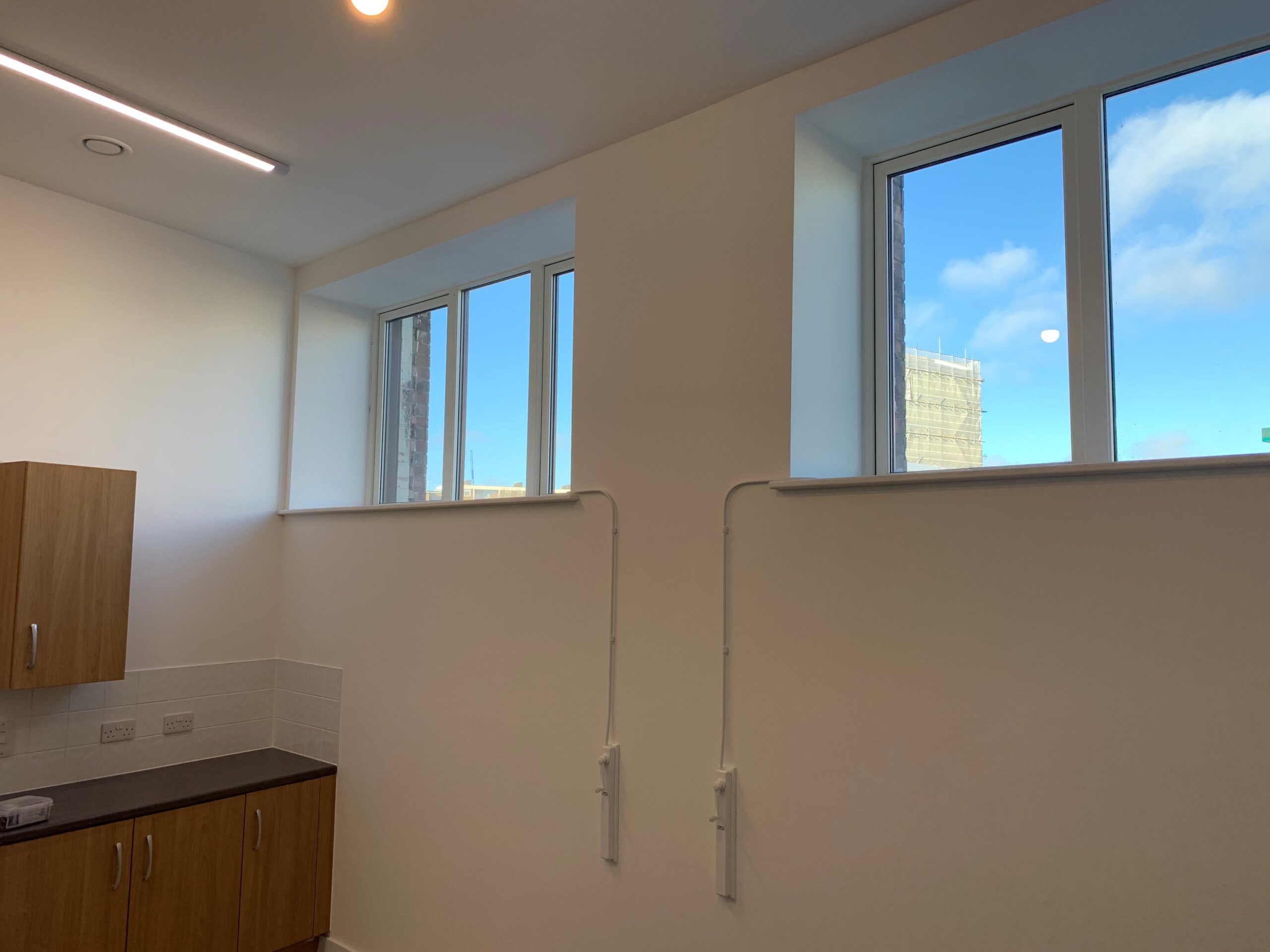 The Impact of Ventilation on Indoor Air Quality
The Impact of Ventilation on Indoor Air QualityDiscover how effective ventilation systems can improve indoor air quality and overall wellbeing in homes, schools, and commercial buildings.
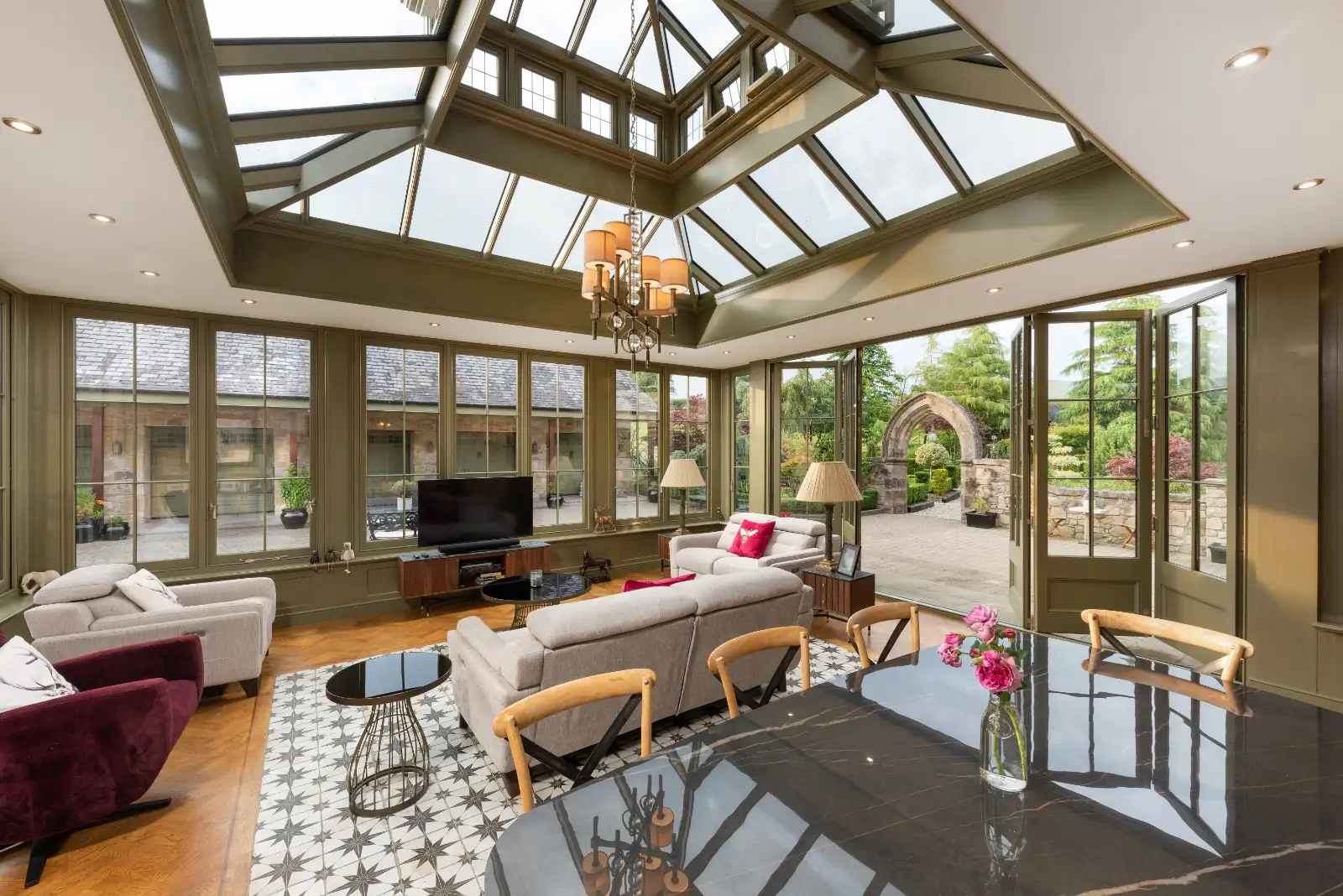 Room-Specific Ventilation Solutions: Kitchens, Bathrooms, Living Areas
Room-Specific Ventilation Solutions: Kitchens, Bathrooms, Living AreasEffective ventilation is essential in every part of the home, but each room has different needs. From managing moisture in bathrooms to eliminating cooking odours in the kitchen, the right approach to air flow can improve comfort, protect your home from damp, and even boost energy efficiency.
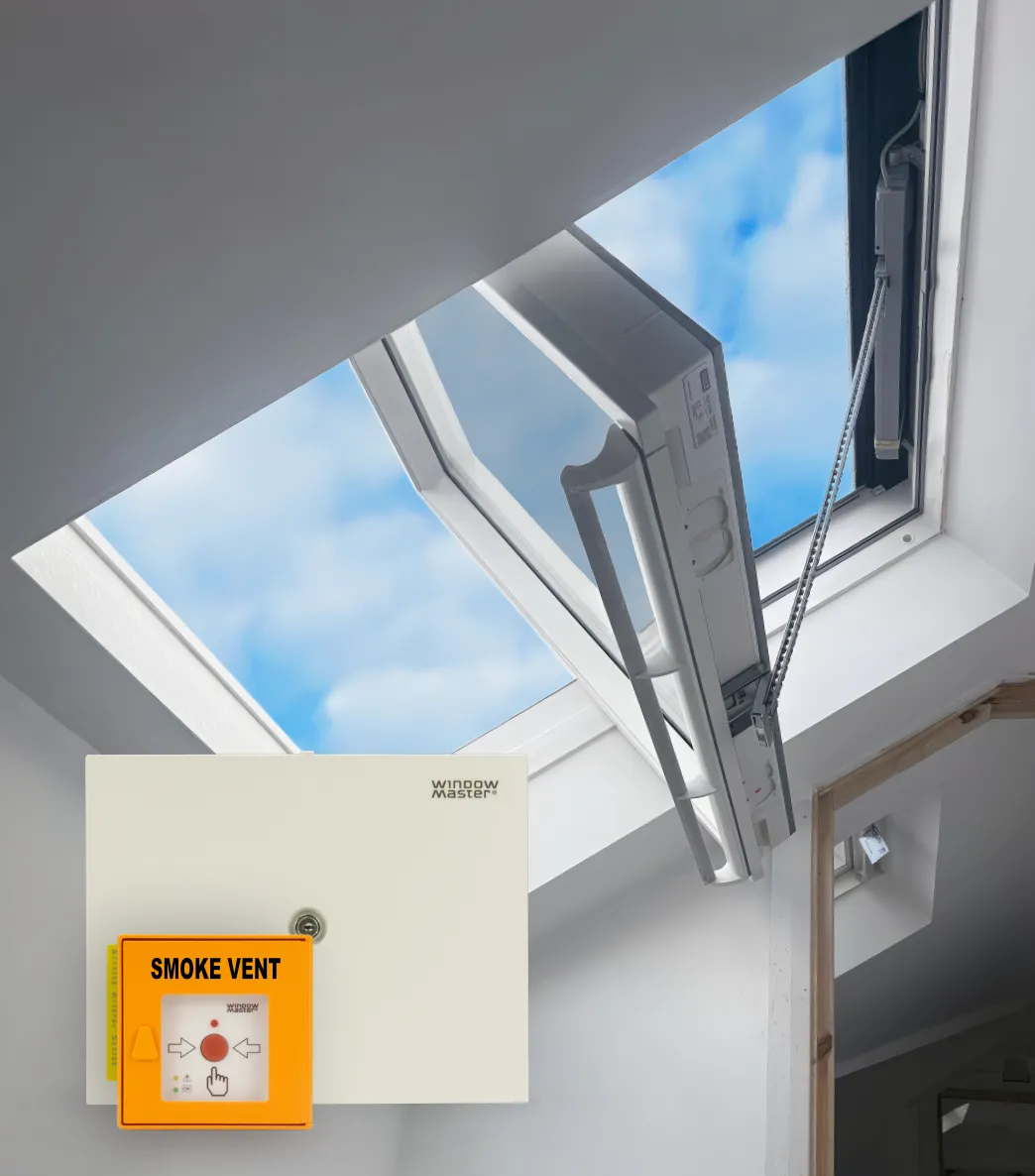 How to Keep Cool in the Warm Weather: The Role of Windows and Ventilation
How to Keep Cool in the Warm Weather: The Role of Windows and VentilationAs temperatures rise, keeping cool indoors becomes a priority. While air conditioning is one solution, it's not always the most energy-efficient or sustainable option.
